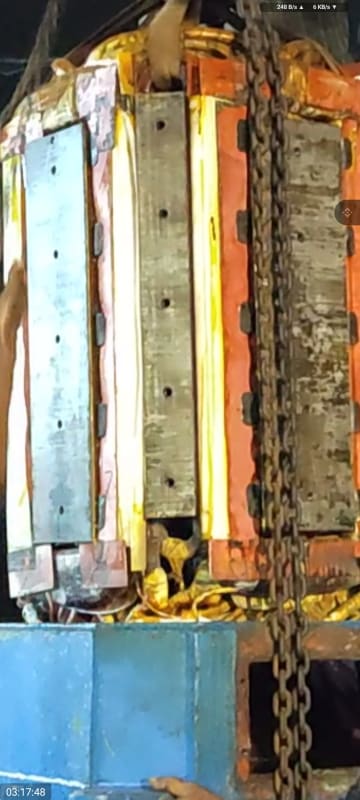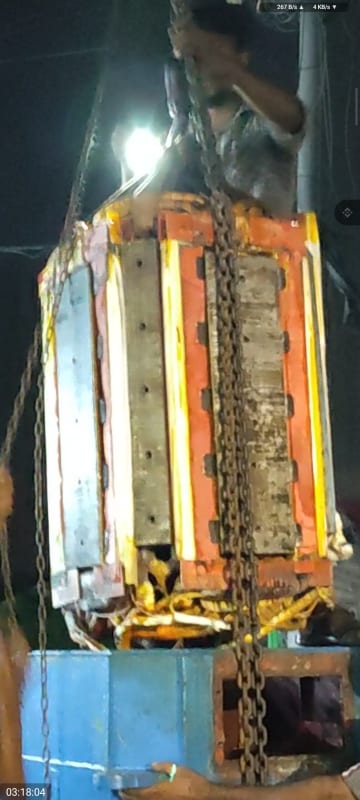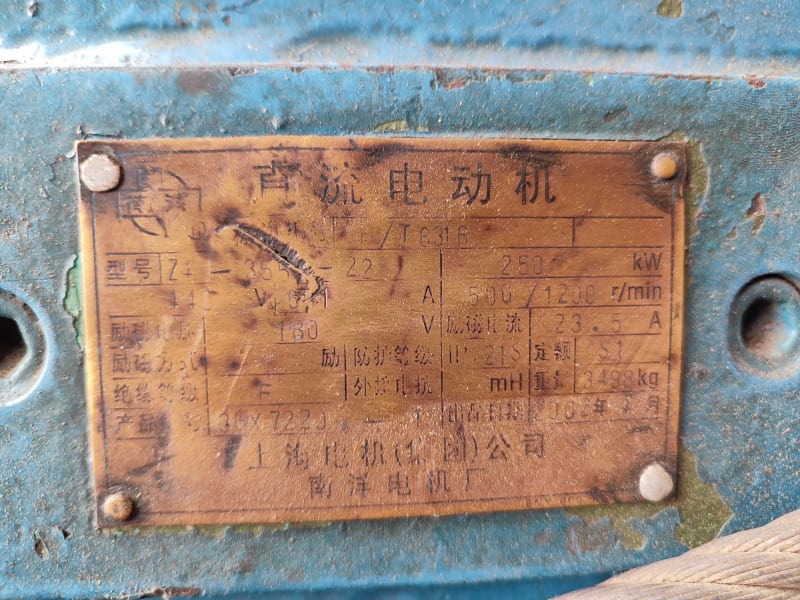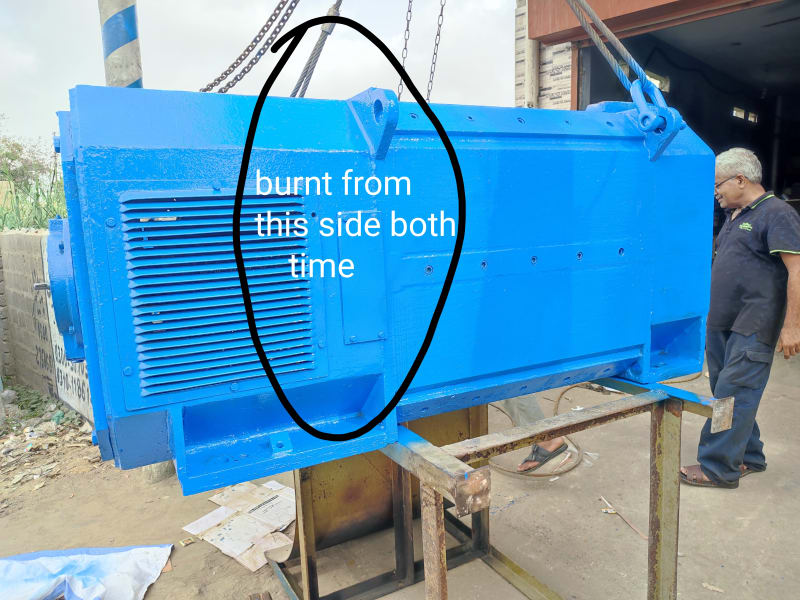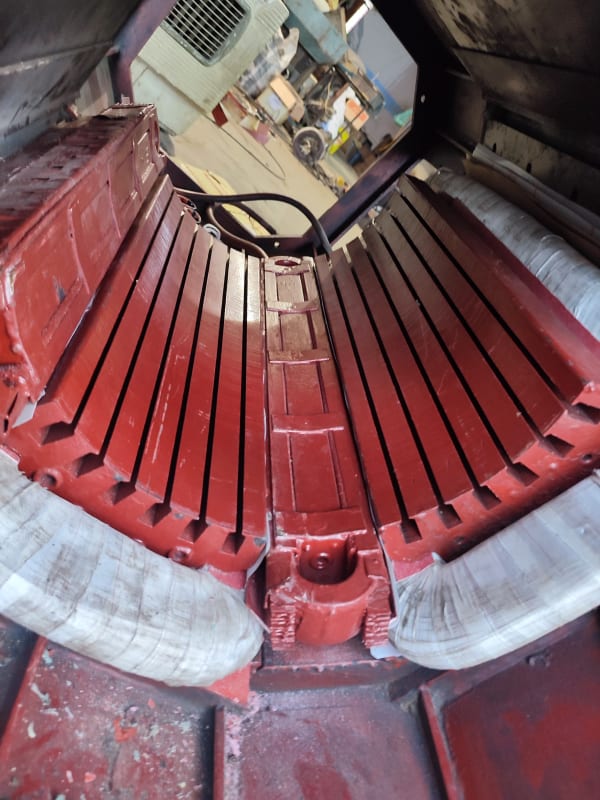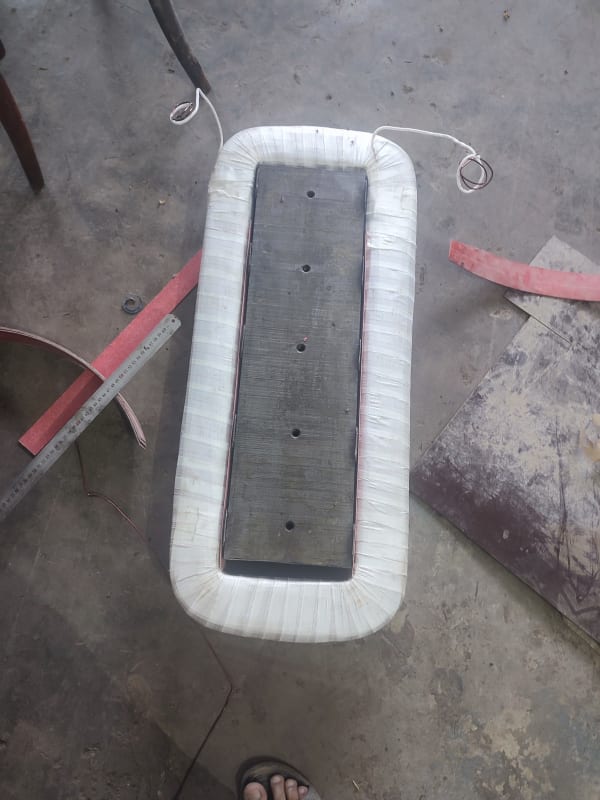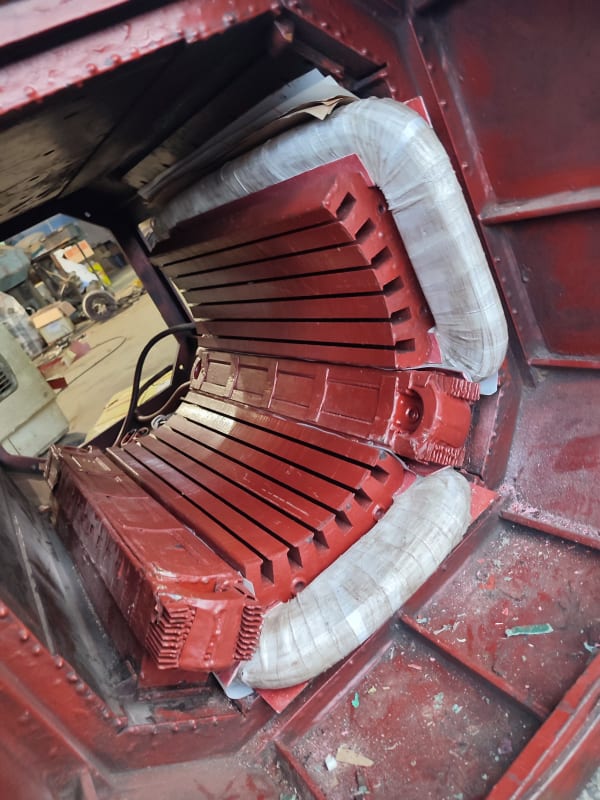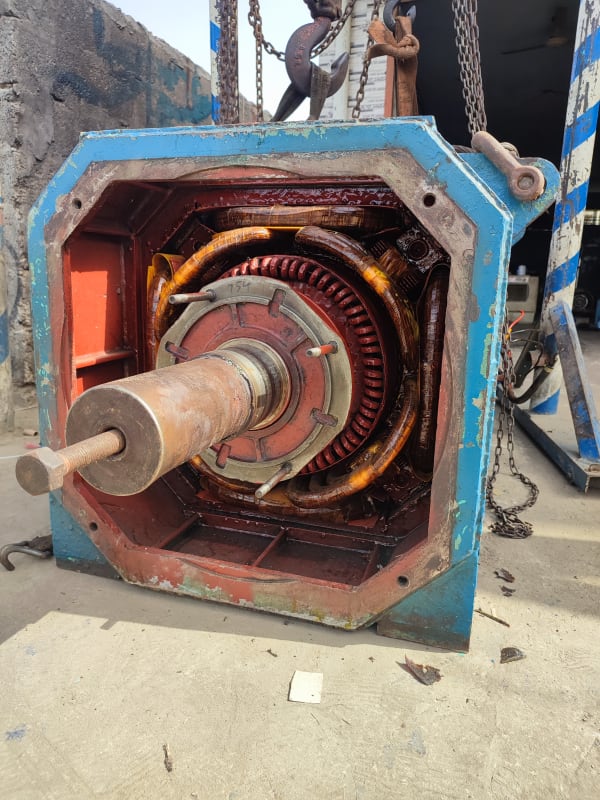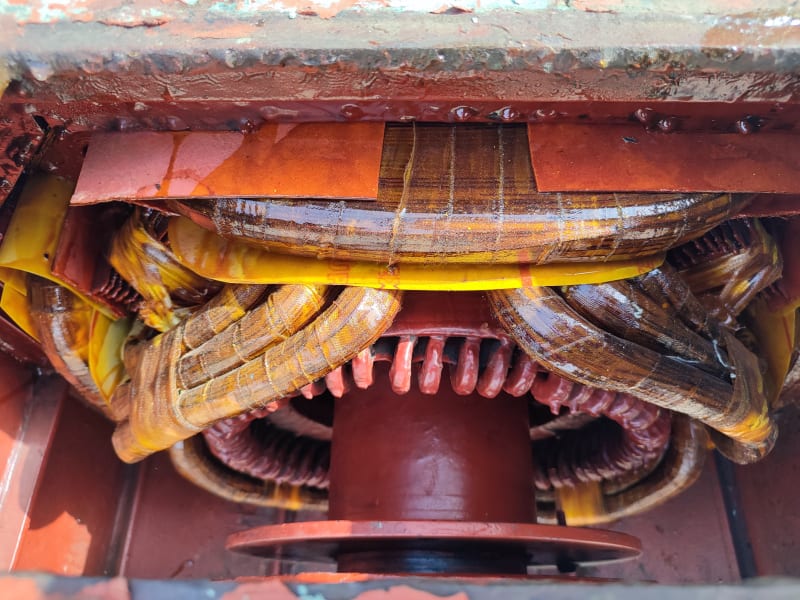Sumair786
Electrical
- Jul 24, 2022
- 21
Hi, i need help i rewind motor field winding but the issue is all 4 fields burnt after some time but only half side of the field the other half of the field was as good as new recheck connection all are correct field voltage as per nape plate is 180 volts with 23.5 amp when the motor runs on DC drive field voltage keep increasing minutes after minutes but Ampere remains same. Drive is working fine i have checked it,
thanks
thanks

